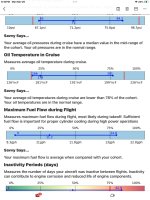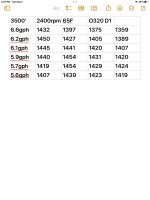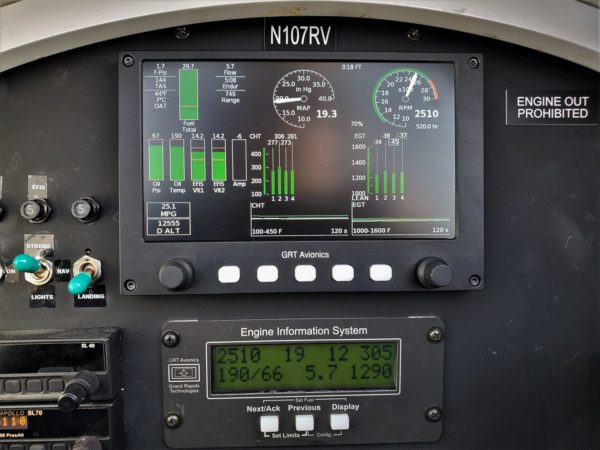It's been about 4 months since I purchased my RV6A with O-320b2c and fixed pitch sensenich. Now that I've fixed my non-functioning EGT gauge, I've come to realize my EGTs are very high on takeoff and fuel flow is too low, about 10gph at sea level. I can maybe get it to to close to 11 once I get the rpm and speed up once airborne. Clearly I'm running way too lean. I can really only get it very rich of peak above 7500'.
Fuel pressure is good, gascolator screen is clear, throttle and mixture cables have proper travel. I have the 10-5217 carb which it seems may be the wrong choice for my engine.
Is there anything else to check prior to switching out to a 10-3678-32 which I've read might cure this issue?
Is drlling out the main jet likely to achieve the same end result?
Thanks,
This forum is a godsend for a new owner like me.
Fuel pressure is good, gascolator screen is clear, throttle and mixture cables have proper travel. I have the 10-5217 carb which it seems may be the wrong choice for my engine.
Is there anything else to check prior to switching out to a 10-3678-32 which I've read might cure this issue?
Is drlling out the main jet likely to achieve the same end result?
Thanks,
This forum is a godsend for a new owner like me.







